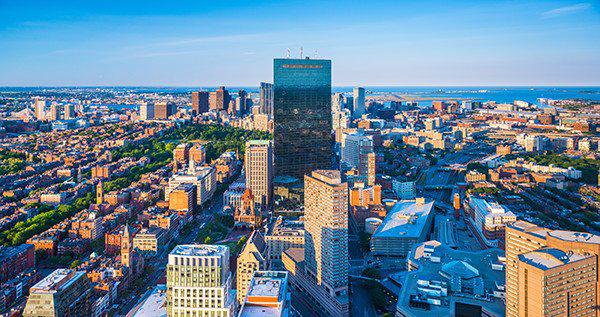
- On January 09, 2018
- In Advocacy, Affordable Housing
Looking Ahead: What’s to Come for Affordable Housing in 2018
The beginning of each new year offers an opportunity to reevaluate what’s needed and important in our communities. Throughout Greater Boston, preserving affordability has remained a crucial issue, as living costs and property values continue to skyrocket and burden low-income residents. As we embark on 2018, here are some of the affordable housing issues and initiatives that we will be tracking closely, as we continue to promote the establishment of inclusive, diverse neighborhoods.
- The Impact of the GOP Tax Plan on Affordable Housing: As detailed in a previous blog post, the tax legislation enacted by the Trump administration stands to transform how developers finance affordable housing projects. The final version of the tax bill preserves private activity bonds (PABs), the low income housing tax credit (LIHTC) and the Historic Tax Credit, all of which can be used to fund the construction and renovation of affordable housing developments. However, the corporate tax rate – which fell from 35 to 21 percent – has made it less attractive to invest in LIHTCs. It is predicted that this change could result in 200,000 less affordable housing units over the next decade.
- Greater Boston Affordable Housing Policy: Many civic leaders throughout Massachusetts, including Mayor Martin J. Walsh and Acting Senate President Harriette Chandler, have recently voiced that they will prioritize addressing the Commonwealth’s high living costs. In December 2017, the 14 cities and towns associated with the Metropolitan Mayors Coalition of Greater Boston announced that they have created a regional housing partnership. Designed after Mayor Walsh’s Imagine Boston 2030 plan, the effort will focus on increasing Greater Boston’s housing inventory, creating transit-oriented residential opportunities, abolishing rental discrimination, reducing homelessness and more. By promising to establish housing goals and evaluate progress, Greater Boston’s civic leaders have made a unified commitment to tackling Massachusetts’s affordable housing crisis.
- The Construction of Affordable Housing in High-Demand Urban Markets: Many of Boston’s high-demand urban markets, like the Seaport, remain deeply segregated along racial and economic lines. This is partially due to many developers choosing to donate funds to affordable housing programs, rather than offer low-cost units in new constructions, as is required by the Inclusionary Development Policy. In many cases, this pattern pushes affordable housing developments out of high-demand, expensive markets and excludes low-income residents from becoming a part of the community. In 2018, we will continue to encourage developers to build low-income housing units onsite, as a means of promoting community diversity.
